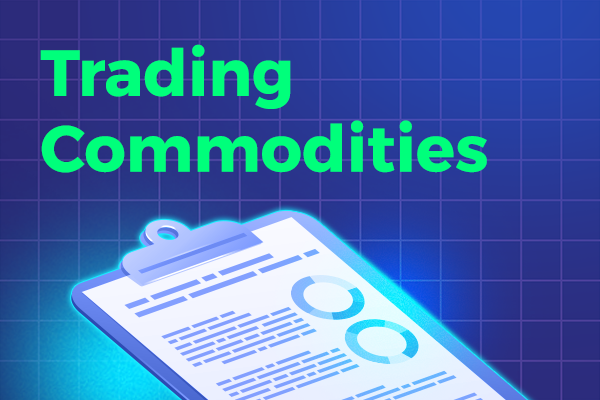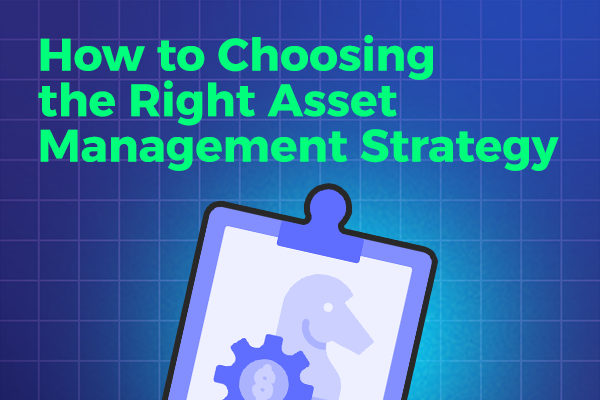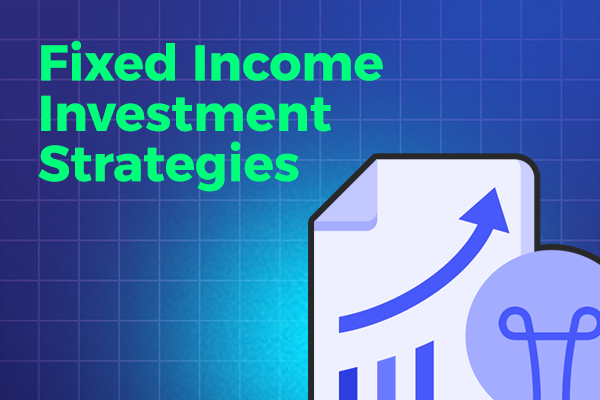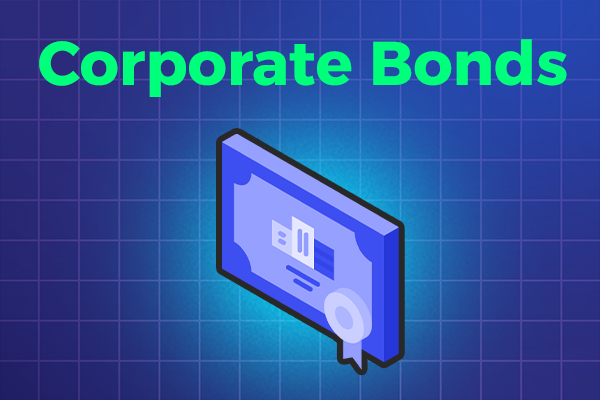The Ultimate Guide to Commodities Trading: Everything You Need to Know
Commodities trading has been around for centuries and has become an integral part of the global economy. However, it can seem intimidating and complex to those who are unfamiliar with the industry. That’s why we’ve put together the ultimate guide to commodities trading, to help demystify this fascinating sector.
In this guide, we’ll cover everything you need to know about commodities trading, including what commodities are, how they are traded, and the various markets and exchanges where they are bought and sold. We’ll also explore the different types of commodities, such as agricultural products, energy, and precious metals, and explain how they are valued and priced.
Whether you’re a seasoned trader or just starting out, this guide will provide you with the knowledge and insight you need to navigate the exciting and dynamic world of commodities trading. So, let’s get started and discover the ins and outs of this fascinating industry!
That’s why we’ve put together this ultimate guide to stock investing in the MENA region, packed with tips and strategies to help you make informed decisions and achieve your investment goals. Whether you’re a seasoned investor or just starting out, this guide will provide you with the knowledge and insights you need to succeed in this dynamic and exciting market.
Understanding the basics of commodities trading
At its core, commodities trading is the buying and selling of raw materials or primary goods. Commodities are physical goods that are traded on markets around the world, and their prices are determined by supply and demand factors. These goods can range from agricultural products like wheat, soybeans, and livestock, to energy commodities like oil and natural gas, to precious metals like gold and silver.
Commodities trading has been around for centuries, with some of the earliest recorded trades dating back to ancient civilizations like Egypt and Greece. Today, commodities trading is a global industry, with markets and exchanges located in countries around the world. These markets provide a platform for buyers and sellers to trade commodities, and they are regulated by government agencies and industry organizations to ensure fairness and safety.
The commodities trading process involves a number of steps, including market analysis, price discovery, and risk management. Traders use a variety of tools and techniques to analyze market trends and make informed trading decisions, including technical analysis, fundamental analysis, and market sentiment analysis. Once a trader has identified a potential trade, they will use a broker or trading platform to execute the trade and manage the associated risks.
Types of commodities
There are many different types of commodities that are traded on markets around the world. These commodities can be broadly categorized into three main groups: agricultural products, energy commodities, and precious metals.
Agricultural:
products are commodities that are grown or produced on farms, such as wheat, corn, soybeans, and livestock. These commodities are traded on agricultural commodity exchanges, and their prices are influenced by factors such as weather conditions, harvest yields, and global demand.
Energy:
commodities are commodities that are used to power the world’s economies, such as oil, natural gas, and coal. These commodities are traded on energy commodity exchanges and their prices are influenced by factors such as geopolitical tensions, global demand, and supply disruptions.
Precious metals:
are commodities that are valued for their rarity and beauty, such as gold, silver, and platinum. These commodities are traded on precious metals exchanges, and their prices are influenced by factors such as global economic conditions, inflation, and political instability.
Factors affecting commodity prices
Commodity prices are influenced by a wide range of factors, including supply and demand dynamics, market sentiment, geopolitical events, and weather conditions. Understanding these factors is essential for successful commodities trading, as they can have a significant impact on the profitability of a trade.
Supply and demand dynamics are one of the primary factors that influence commodity prices. When demand for a commodity is high and supply is low, prices will generally rise. Conversely, when supply is high and demand is low, prices will generally fall. Traders use a variety of tools and techniques to analyze supply and demand trends, including technical analysis, fundamental analysis, and market sentiment analysis.
Market sentiment is another important factor that can influence commodity prices. When traders are optimistic about the future of a particular commodity, prices will generally rise. Conversely, when traders are pessimistic about the future of a commodity, prices will generally fall. Traders use a variety of tools and techniques to analyze market sentiment, including sentiment indicators, news feeds, and social media analysis.
Geopolitical events can also have a significant impact on commodity prices. When there is political instability or conflict in a region that produces a particular commodity, prices will generally rise. Conversely, when political tensions ease, prices will generally fall. Traders use a variety of tools and techniques to monitor geopolitical events, including news feeds, social media analysis, and geopolitical risk analysis.
Weather conditions are another important factor that can influence commodity prices. When weather conditions are favorable for crop production, prices for agricultural commodities will generally fall. Conversely, when weather conditions are unfavorable, prices will generally rise. Traders use a variety of tools and techniques to monitor weather conditions, including satellite imagery, weather forecasts, and crop progress reports.
Unlock Wealth: Sign Up Now for Smart Investing Success
The history of commodities trading
Commodities trading has a long and fascinating history, dating back to ancient civilizations like Egypt and Greece. In these early societies, commodities like grain and olive oil were traded for other goods and services, and the trading process was often conducted through barter.
Over time, commodities trading evolved into a more formalized system, with the establishment of commodity markets and exchanges in cities around the world. These markets provided a platform for buyers and sellers to trade commodities, and they were often located in strategic locations near transportation hubs like ports and railroads.
Today, commodities trading is a global industry, with markets and exchanges located in countries around the world. These markets provide a platform for buyers and sellers to trade commodities, and they are regulated by government agencies and industry organizations to ensure fairness and safety.
The benefits and risks of commodities trading
Commodities trading offers a number of benefits to traders, including the potential for high returns and portfolio diversification. By investing in commodities, traders can take advantage of price fluctuations and potentially earn significant profits.
However, commodities trading also carries a number of risks, including price volatility, market manipulation, and geopolitical events. Traders must be prepared to manage these risks through effective risk management techniques, such as stop-loss orders and position sizing.
Popular commodities trading strategies
There are many different strategies that traders use to trade commodities, including trend following, mean reversion, and breakout trading. Trend following involves identifying and following trends in commodity prices, while mean reversion involves trading against trends in order to take advantage of price reversals. Breakout trading involves identifying key levels of support and resistance and trading based on price movements around these levels.
Traders can also use technical analysis and fundamental analysis to inform their trading decisions. Technical analysis involves analyzing price charts and identifying patterns and trends, while fundamental analysis involves analyzing economic and financial data to identify potential trading opportunities.
Choosing a commodities trading broker
Choosing the right commodities trading broker is essential for success in the commodities markets. Traders should look for brokers that offer competitive pricing, a wide range of trading tools and resources, and excellent customer support.
Traders should also consider the regulatory environment in which a broker operates, as well as the broker’s reputation in the industry. Traders can research brokers online, read reviews and ratings from other traders, and compare pricing and features before making a decision.
Commodities trading platforms
Commodities trading platforms are software applications that allow traders to execute trades and manage their portfolios. These platforms offer a wide range of features and tools, including real-time market data, charting and analysis tools, and risk management features.
Traders should look for commodities trading platforms that offer a user-friendly interface, a wide range of trading tools and resources, and excellent customer support. They should also consider the cost of using the platform, including any fees or commissions charged by the platform provider.
Commodities trading regulations and oversight
Commodities trading is a highly regulated industry, with rules and regulations governing everything from market access to trading practices. Traders should be aware of the regulatory environment in which they operate, and ensure that they are in compliance with all applicable laws and regulations.
In the United States, the primary regulator of commodities trading is the Commodity Futures Trading Commission (CFTC), which oversees the commodities markets and enforces regulations designed to protect traders and ensure market integrity. Traders should also be aware of the regulations governing commodities trading in other countries, particularly if they are trading on international markets.
Commodities trading resources and tools
There are many resources and tools available to traders who are interested in commodities trading. These include market news and analysis, trading platforms and software, and educational resources and courses.
Traders can access market news and analysis through a variety of sources, including financial news websites, social media, and market research reports. They can also use trading platforms and software to execute trades and manage their portfolios, and they can take advantage of educational resources and courses to improve their trading skills and knowledge.
Conclusion
Commodities trading is a fascinating and dynamic industry that offers a wealth of opportunities to traders who are willing to learn and take risks. By understanding the basics of commodities trading, the various types of commodities, and the factors that influence commodity prices, traders can make informed trading decisions and potentially earn significant profits.
However, traders must also be aware of the risks associated with commodities trading, and take steps to manage these risks through effective risk management techniques. By choosing the right commodities trading broker and platform, and staying up-to-date with the latest news and analysis, traders can successfully navigate the exciting and ever-changing world of commodities trading.




